Arts and Cultural Sites
5. Silo City
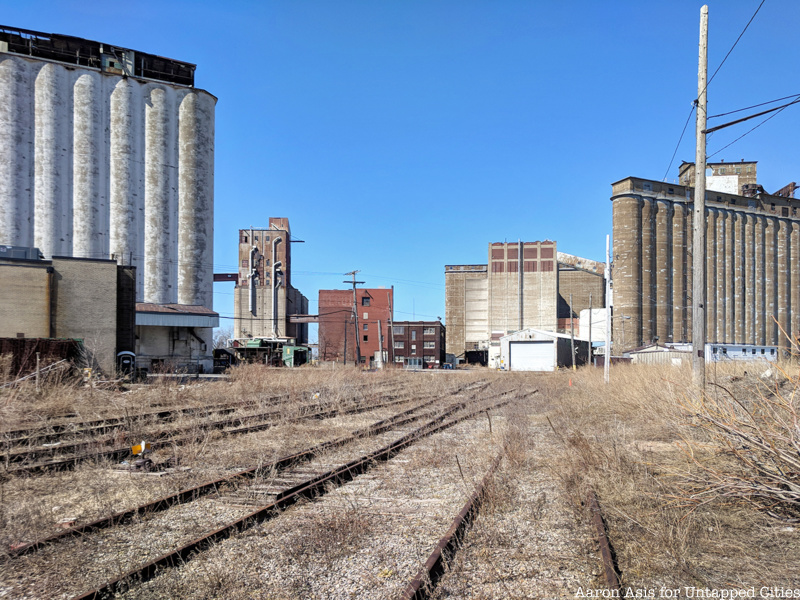
Driving up to Silo City, past the vestiges of Buffalo’s industrial past that lie along the Buffalo River, while smelling the scent of Cheerios wafting by from the General Mills factory, you wouldn’t guess at the creative cultural events happening within. Self described as “just your average, everyday historic grain elevator complex that doubles as a music venue, theater backdrop, poetry site, and industrial film location,” the complex is made up of six separate industrial buildings that date back to early 1900s. Those buildings include the Marine A Grain Elevator, Lake & Rail Elevator, American Grain Elevator, Perot Grain Elevator and Perot Malthouse, and finally the American Warehouse.
Today the complex, as mentioned above, is used for a variety of purposes from film shoot location to wedding venue and art exhibition space. The largely empty industrial spaces are basically a giant blank canvas for public art and serve as a unique venue for musical performances with a near fifteen second echo. Recently a bar-restaurant opened at Silo City inside a 1940’s office building owned by American Malting Company. The interior of the bar, Duende, was designed using materials salvaged from the silos themselves. Another attraction at Silo City is the SS Columbia, America’s oldest surviving passenger steamboat, and what would be consider a “floating palace” like those massive steamers that sailed the Hudson River. The Columbia once shuttled summer revelers from the city of Detroit to an amusement park on Canada’s Bois Blanc Island (known to most as BobLo Island).

If you are feeling adventurous, and don’t have a fear of heights, you can take a vertical tour of the complex with Explore Buffalo where you will get to climb up ten stories to the top of the Perot Grain Elevator and take in views of the city of Buffalo, Lake Erie, and the other grain elevators in the area. There is also a Grounded Tour, for those less inclined to climbing 150 feet of stairs. If the vertical tour of Silo City’s grain elevators only whets your appetite for adventure, you can also check our Riverworks, a nearby silo complex with a zip-line, bubble soccer field and more activities. You can also grab a drink at the adjoining brewery, affectionately called beerhenge, since it is inside the circular foundational ruins of an old grain elevator.
6. Albright-Knox Art Gallery
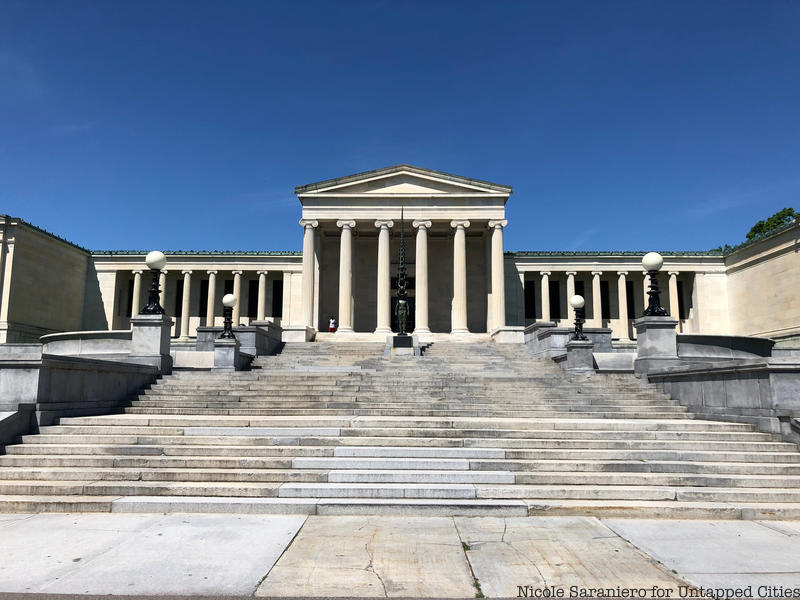
The Albright-Knox Art Gallery is one of the oldest public art institutions in the country. Founded as the Buffalo Fine Arts Academy in 1862, the institution’s board members saw the need for a permanent art gallery in the growing city. After bouncing around between several locations throughout the 19-century, the Fine Arts Academy got a proper home in 1905, thanks to funds from local business man John J. Albright. The colossal Greek Revival structure built to house the Academy’s collections was designed by architect Edward B. Green. The temple to contemporary art looks out onto views of Hoyt Lake just across Lincoln Parkway from Olmsted’s Delaware Park. In 1962, a sleek addition designed by architect Gordon Bunshaft was added to the museum and it was renamed the Albright-Knox for another of the institution’s important patrons.
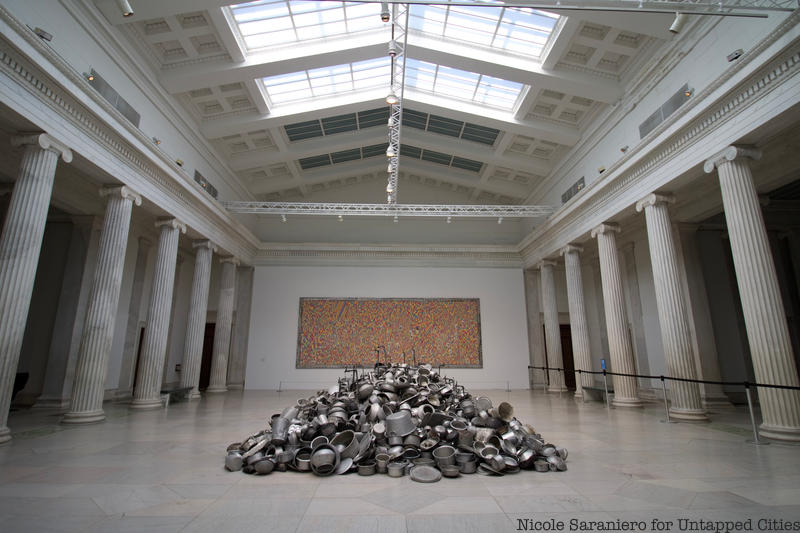
The Albright-Knox museum is immediately impressive from the outside, with striking modern sculptures set against the backdrop of its ancient inspired ionic columns, and the art inside is equally impressive. Among the works displayed you will find Picassos, Rothkos, Van Goghs, work from Frida Kahlo and Jackson Pollock and other household names. Dedicated to collecting, conserving, and exhibiting the art of its time, the Albright-Knox contains examples of every type of work from Impressionism to Cubism and Surrealism to Pop Art, as well as works from contemporary artists of today. You enter the museum through the glass enclosed addition on the Elmwood Avenue side. Once inside, it’s best to start making your way around the gallery which encircles the inner courtyard then make your way upstairs and into the historic galleries of the 1905 building. Due to construction, the Lincoln Parkway entrance is not in use, but you can take a stroll around the outside of the building, admiring the sculptures along the way, and end up in Delaware Park. If you want to see more art, the Albright-Knox is just steps away from the Burchfield Penney Art Center at SUNY Buffalo State, the only museum exclusively dedicated to the art and artists of Western New York.
7. Colored Musicians Club
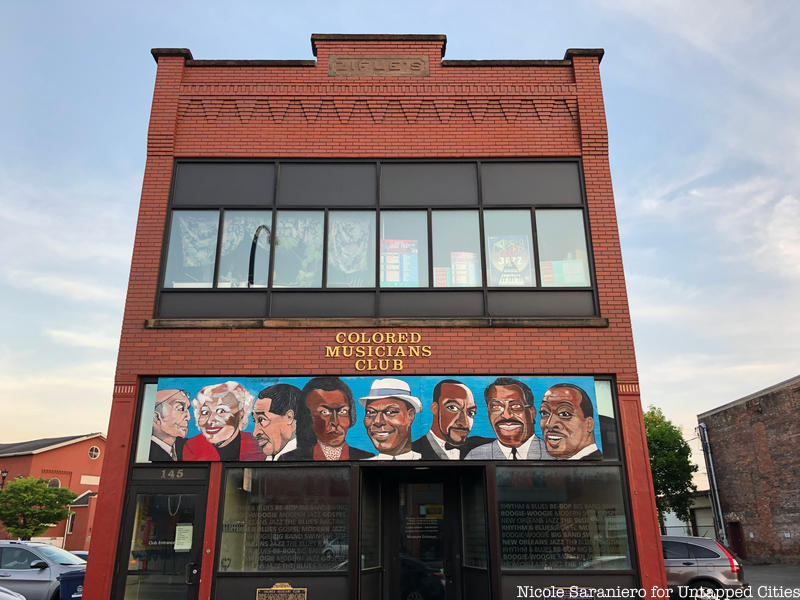
The Colored Musicians Club and Museum on the west side of Buffalo’s downtown is a historical site unlike any other. In the early 1900s, the only musician’s union in Buffalo was exclusively for white performers. In 1917, Buffalo Local 533, The Colored Musicians Union of Buffalo was formed. Members of the new union then banded together to form a social club where they could rehearse and socialize. They finally found a permanent home in a brick building on Broadway in 1944. It was in this building that the hottest names in jazz, like Duke Ellington, Count Basie, Louis Armstrong, Ella Fitzgerald and Billie Holiday would come to jam and relax after gigs at the big theaters nearby. Downstairs, the union conducted meetings.
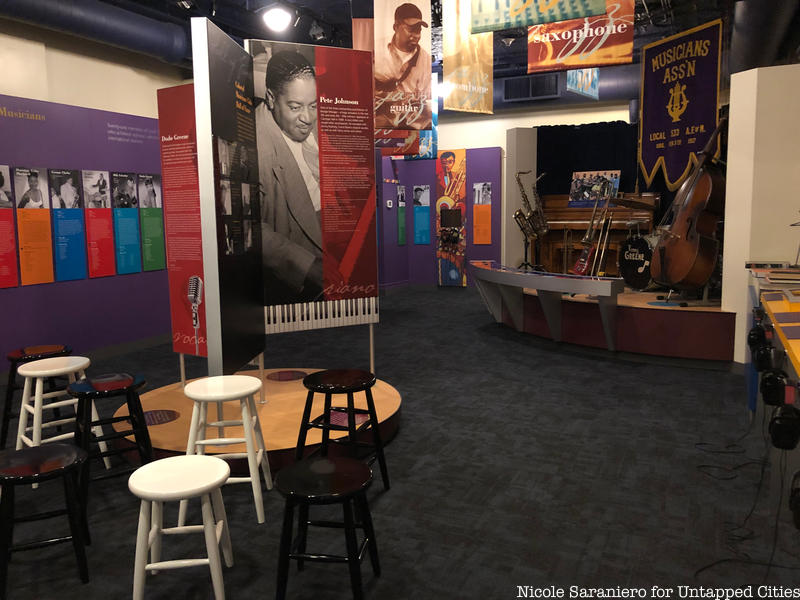
Today, the sounds of live jazz still fill the bar and performance space upstairs and a state-of-the-art museum takes up the ground level. Just as in the previous century, the club offers musicians a place to socialize and rehearse, with an open jam session every Sunday and live performances every Monday with Club President George Scott’s big band and every Thursday with the Carol McLaughlin Big Band. Just ring the doorbell to be let in! The atmosphere is laid back and anyone who wants to hear music is welcome. On our visit with Scott, he recalled how he came to the club as a young boy with his saxophone teacher to hear music. The museum downstairs is a tribute to Buffalo’s swinging past with an interactive display where you can mix your own jazz song, a wall of Buffalo’s greatest jazz musicians, and memorabilia like the club’s charter and certificate of affiliation for Local 533.





